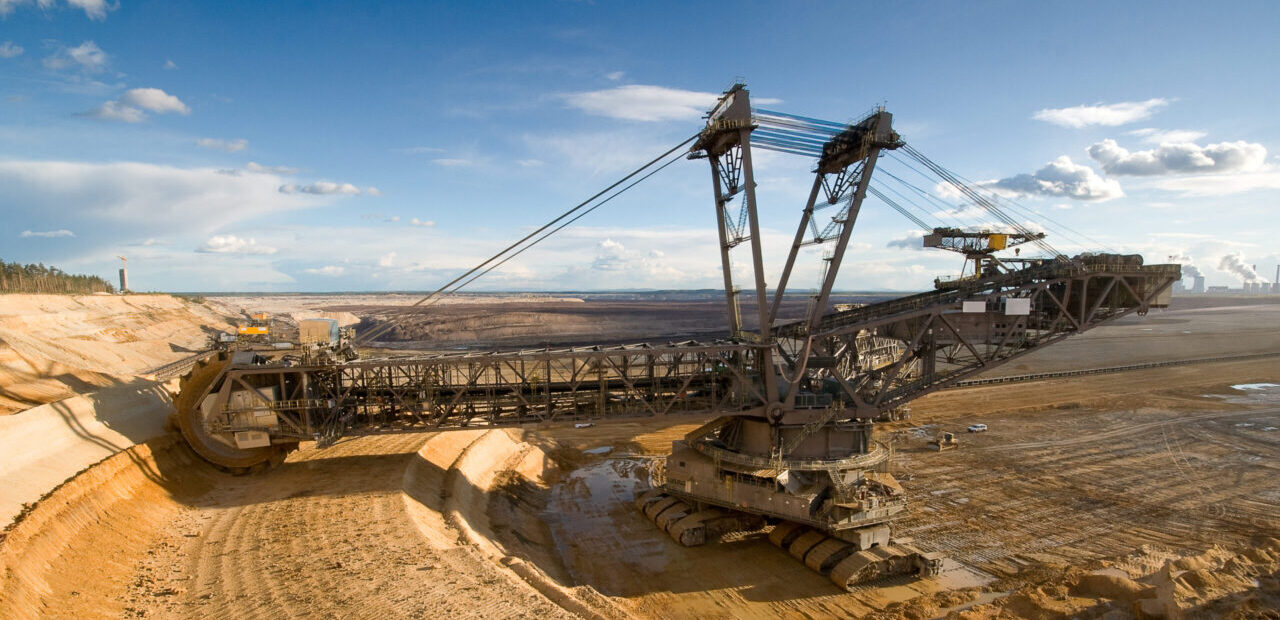Bucket wheel excavators are used in open-pit mining and are the largest excavators in the world. The bucket wheels of these giant machines dig through seams of lignite slowly and constantly to continuously extract up to 200,000 metric tons of coal per day. However, when a bucket wheel hits a cluster of stones, causing an abrupt halt in the rotary motion, this process suddenly becomes dangerous. State-of-the-art encoder technology helps operators detect and remedy such dangerous situations more rapidly.
Detecting clusters of stones and avoiding accidents
The largest bucket wheel excavators are around 100 meters high and more than 200 meters long. A huge force acts on the rotating bucket wheel at the end of the boom. As long as the wheel can rotate without interruption, the process runs smoothly. However, if it hits a so-called cluster of stones in the ground and is blocked, this may trigger a chain reaction. The sudden speed drop of the bucket wheel then causes the bucket wheel boom to rear up, which may not only cause severe damage to the excavator power train but can also pose a huge risk to those operating the excavator.
Safety for humans and technology with Hübner Giessen
When it comes to excavating stone, short reaction times are particularly important: The faster clusters of stones are detected, the more rapidly the bucket wheel can be stopped and the risk of accidents eliminated. We have developed a high-performance solution for precisely such cases: Our high-resolution FGH 40 encoder can detect even the smallest changes in speed when excavating stone and also enables extremely rapid stone identification. As a result, the bucket wheel can be stopped almost immediately. We have summarized why this encoder is ideal for the task in question and the other advantages it offers for the field of mining in our case study “Excavator / Bucket wheel: The FGH 40 provides 1 million pulses per revolution to detect stones on a bucket wheel excavator”.

